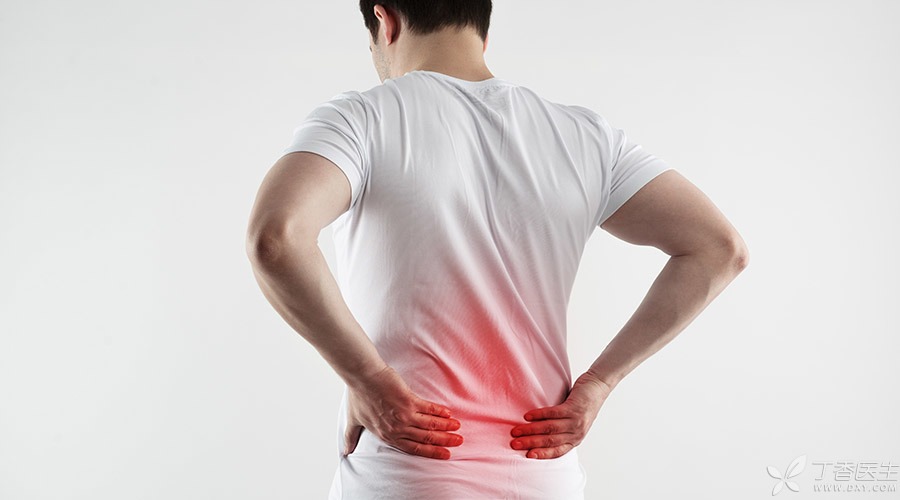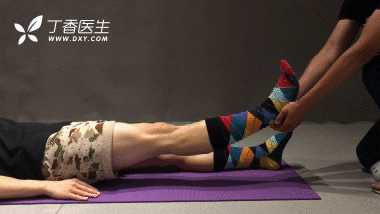
Perhaps many people find it strange:
As long as there is lumbago, it definitely means that the waist is not good. Why do you need to do movements?
Yes, most people with poor waist have low back pain, and what movements may be even more uncomfortable.
But today Dr. Clove would like to introduce another common situation-lumbar disc herniation.
If you sit for a long time and have suffered from pain in your buttocks, thighs and calves, you should be careful of lumbar disc herniation.
Find a helper and try these three movements together to see if they can be done smoothly.
Action 1: Raise the lower leg

As shown in the figure, lie flat on the bed, straighten your legs, then let the helper gently raise the leg that once hurt and observe the raised angle.
Under normal circumstances, if the lumbar intervertebral disc does not protrude, it is no problem to raise it to 60 ~ 70 degrees and there will be no pain.
If you feel buttock pain, calf pain (more than knee joint), or both kinds of pain before you reach 60 degrees or lift it slightly, it indicates that there may be something wrong with the lumbar intervertebral disc.
Note:
- Stay on your back and keep your legs straight. Lift your legs gently and slowly, and stop when you feel pain. Some people usually lack exercise and their knees are [tight]. Straightening your legs will make you feel uncomfortable behind your knees. This feeling is not pain.
Action 2: Raise your calf

As shown in the figure, keep the same posture and repeat the previous movements, but this time it is to raise the leg that has not suffered any pain.
Under normal circumstances, this side of the leg will not feel pain. If it feels pain when raised, it indicates that the lumbar intervertebral disc may protrude more severely.
The precautions are the same as the previous action.
Action 3: Raise thighs

As shown in the figure, lie prone on the bed, lift your lower leg at 90 degrees to your thigh, and then ask help to raise your thigh.
Under normal circumstances, the thigh will not feel pain if it is lifted 10 centimeters away from the bed surface. If you raise it slightly, you will feel pain in front of your thigh, indicating that there may be a problem with the lumbar intervertebral disc.
Note:
-
Try to relax when doing movements, and stop immediately if you feel pain.
The question is, how is your waist after these three movements?
If any movement causes you low back pain, buttock pain, posterolateral thigh pain and lateral calf pain, you’d better see a doctor.
